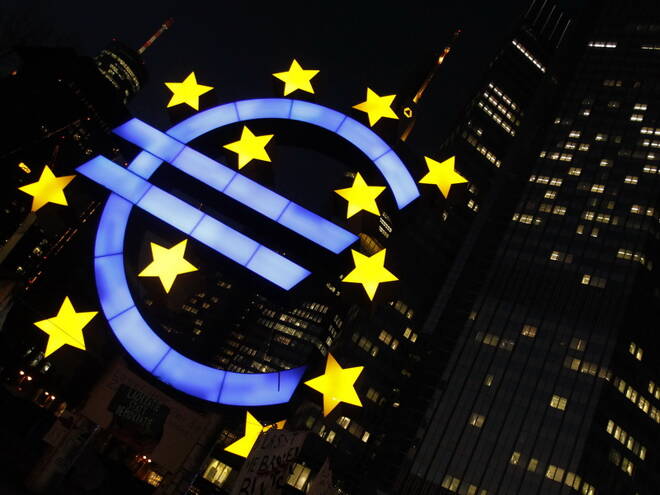Advertisement
Advertisement
Fed Rate Hike Expectations, ECB Policy Decision Puts Euro in Weak Position
By:
The price action in the Forex market last week primarily centered on the Euro and the U.S. Dollar. The Euro dominated the trade most of the week with the
The price action in the Forex market last week primarily centered on the Euro and the U.S. Dollar. The Euro dominated the trade most of the week with the emphasis on the dollar kicking in late in the week. Traders bought the Greenback in anticipation of next week’s widely expected Fed rate hike.
The EUR/USD posted a volatile two-sided trade last week as investors reacted positively to the outcome of the Italian referendum on Monday and negatively to the European Central Bank’s monetary policy decision later in the week.
Last Sunday, close to 60 percent of Italian voters said “no” to the government’s proposal on constitutional reform. The decision will likely lead to the resignation of Italian Prime Minister Matteo Renzi who vowed to resign if the reform was rejected by voters.
After early weakness on November 5, the Euro recovered to close sharply higher for the session. However, investors still expressed concerns over the possibility of new elections and the impact of ongoing political instability on the brittle Italian banking system.
There were also concerns raised over troubled Italian bank Monte del Paschi di Siena. It is trying to get a recapitalization plan of 5 billion Euros ($5.29 billion) approved.
The EUR/USD reached its high for the week on December 8 at 1.0872 with a dramatic reversal to the downside into the end of the week. The EUR/USD finished the week at 1.0555, down 0.0107 or 1.00%.
The sell-off began after the ECB’s decision to keep interest rates unchanged. Additionally, the central bank also extended its quantitative easing program until December 2017. However, it also decided to reduce purchases to 60 billion Euros per month.
AUD/USD
The AUD/USD closed the week at .7446, down 0.0005 or -0.06%. On December 5, the Reserve Bank of Australia decided to leave its benchmark interest rate unchanged at 1.50% as expected. The central bank made a few minor adjustments to its policy statement although it did note that “some slowing in the year-ended growth rate is likely, before it picks up again.
On December 6, the ABS reported that Australian economic growth declined in the September quarter, posting its largest contraction since the global financial crisis. Real GDP in seasonally adjusted chained volume terms fell by 0.5%, leaving the year-on-year increase at 1.8%. Traders were looking for a quarterly decline of 0.1% with the year-on-year growth rate at 2.2%.
NZD/USD
The NZD/USD finished the week at .7132, down 0.0002 or 0.03%. Most of the selling pressure was related to a resurgence by the U.S. Dollar. However, technical factors did play a role in the sell-off at the end of the week after investors responded to a test of a major retracement zone at .7186 to .7237. The high for the week was .7222.
The New Zealand Dollar was also influenced by comments from Reserve Bank of New Zealand Governor Graeme Wheeler. He said the “trend” of lower interest rates, asset appreciation and a high New Zealand Dollar “may finally be turning”. He also issued a warning on the housing market, saying “soft landings” after a boom are rare.
Wheeler basically hinted that November’s interest rate cut may be the last for the foreseeable future and that the housing market is overheated.
About the Author
James Hyerczykauthor
James Hyerczyk is a U.S. based seasoned technical analyst and educator with over 40 years of experience in market analysis and trading, specializing in chart patterns and price movement. He is the author of two books on technical analysis and has a background in both futures and stock markets.
Advertisement
